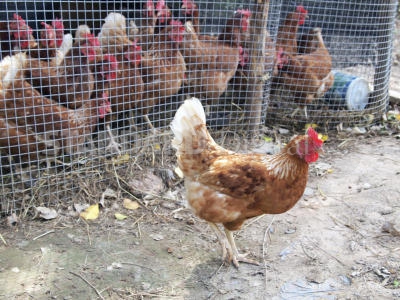×
The Standard e-Paper
Join Thousands Daily

NAIROBI: The battery system of poultry keeping was a result of the mid-20th Century industrialisation of farming that revolutionalised egg production to meet the ever increasing market demand for eggs and egg products.